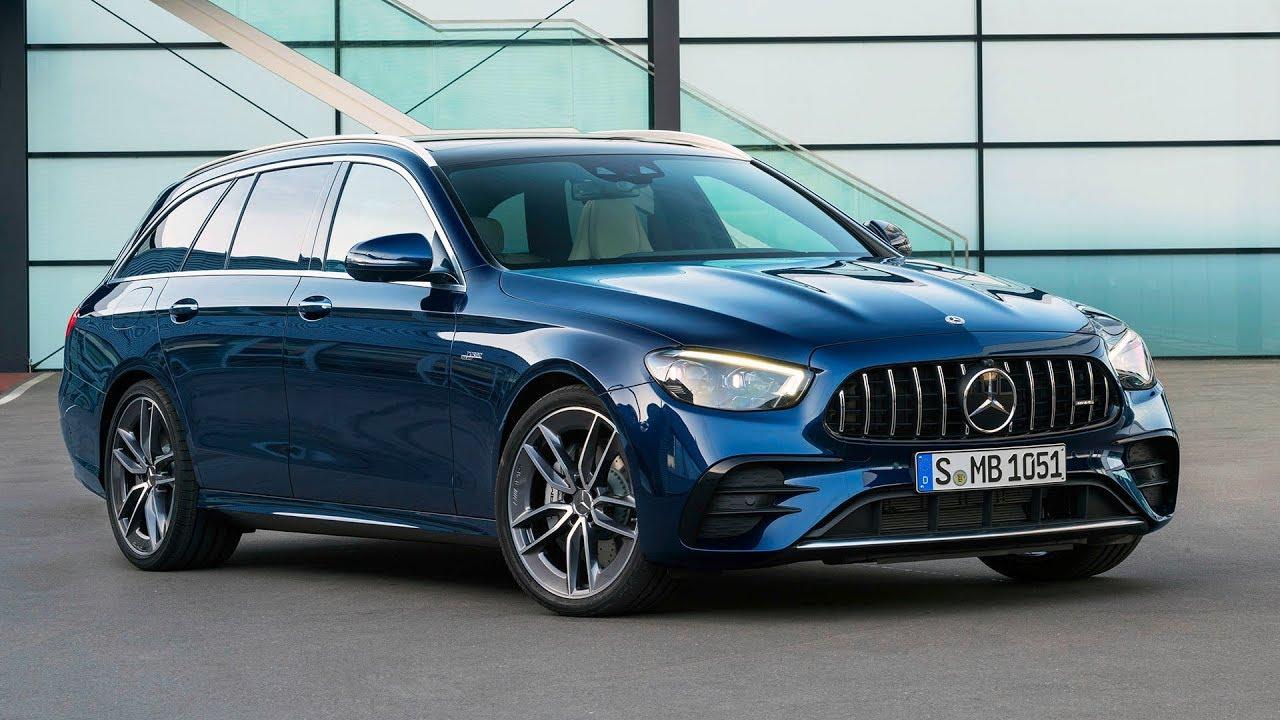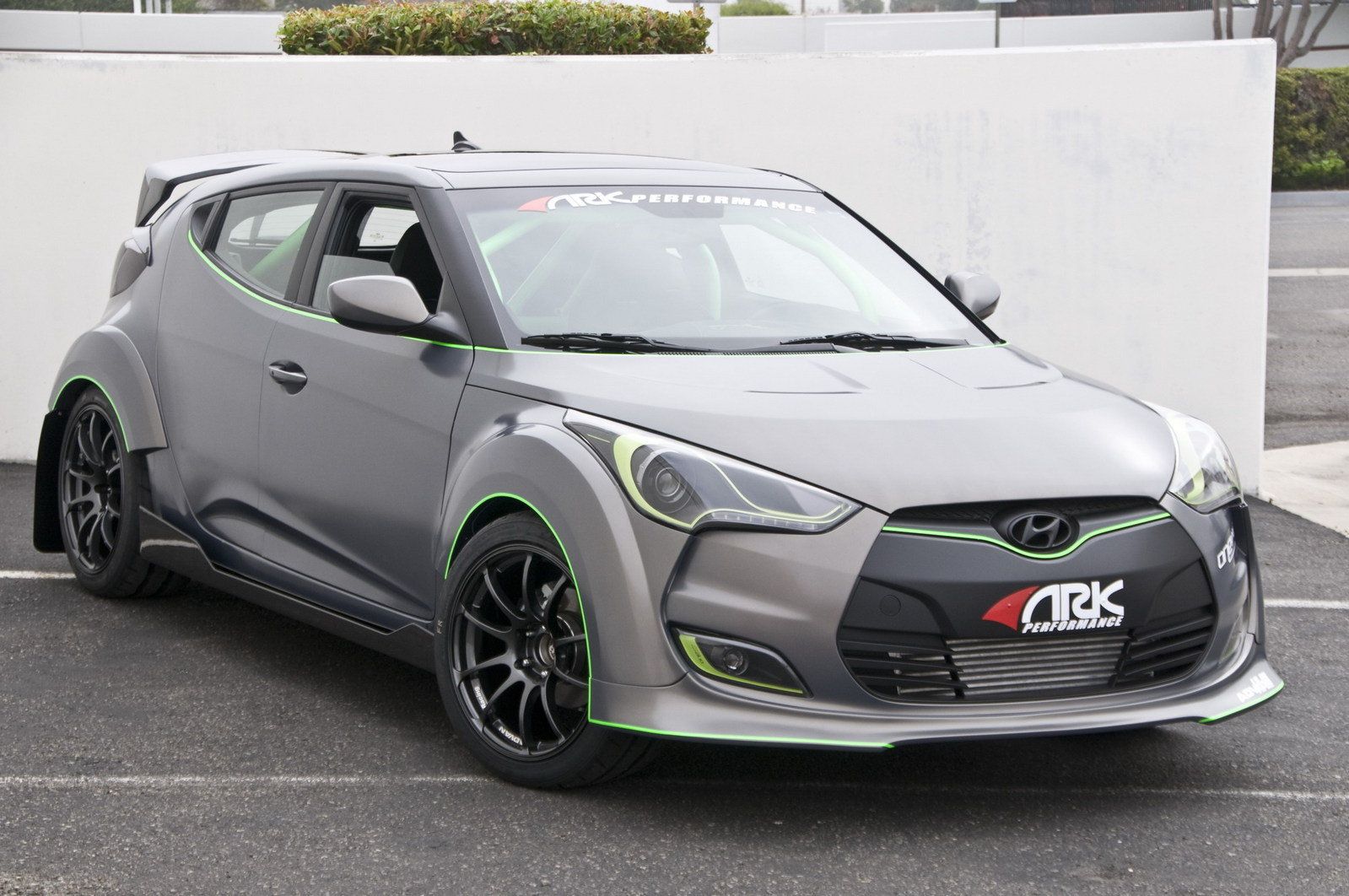
With power and weight at such a premium in aircraft, Swiss aeronautical enginer Alfred Büchi had a brainwave on getting rid of that 20% supercharger power loss: instead of using engine power via a belt/gears to spin the compressor, connect the compressor wheel to a matching turbine wheel in exhaust system, capturing energy from the otherwise-wasted exhaust flow like a windmill captures energy from the breeze. In aircraft, there was added incentive to pressurize incoming air to compensate for air getting thinner at high elevations, keeping engine power from falling off at high altitude. Not only does a heavy engine make for a heavy plane, but a physcally large engine also makes for a bulky, non-aerodynamic fuselage. Size and weight are bad things in cars and worse things in planes, which is were a lot of early forced induction development was taking place. More oomph with less waste - the turbocharger Stoichiometry means every little bit of extra fuel requires 14.7X as much air, so it's no surprise superchargers use a huge amount of energy (sometimes as much as 20% of total engine power!) to pump all that air around. These first forced-induction air pumps were called superchargers, and their bladed compressor wheels were powered by the engine itself via belts or gears driven off the engine's crankshaft. The pressurized air being pumped in to the engine is called boost, with the pressure increase compared to ambient air pressure measured in PSI or bar/kilopascals. Unfortunately, more size also means more weight, so some engineers instead struck on the idea of getting more air in to the engine by pumping it in: instead of making the engine physically larger to suck in more air, push more air in to the same size engine. Bigger cylinders could suck in not just more fuel but more air to combust completely with the fuel, and this gave you more power. "There's no replacement for displacement" is a phrase from the big block V8 days, where more power meant physically larger engines that gulped more air and fuel. In a gasoline engine, the stoichiometric ratio of oxygen-containing air to fuel is 14.7 parts (by mass) air to 1 part gasoline. In an engine, that means if we inject more fuel, we also have to make sure we're getting more air (and thus more oxygen) to burn all the fuel, as the extra fuel won't burn unless it has more oxygen with which to combine and combust.Ĭhemistry has a word for the ideal amount of reactants in an equation to balance out with no leftovers: stoichiometry. If we want to increase power, we need to make sure we have enough of all three components of our fire triangle. It's the same at your campfire as it is inside your engine, with air flowing in to the intake combining with fuel from your fuel injectors and getting ignition from your spark plugs. If you've ever stoked a campfire to make s'mores, you probably remember the three parts of the "fire triangle": air, fuel, and ignition source.

Hook it all up to a transmission connected to the wheels, and off you go! How do we make bigger explosions for more thrust? The up-and-down pistons are connected to the rotating crankshaft in the bottom of the engine, turning this vertical motion in to reciprocating motion. Inside an engine, we ignite a fuel like gasoline, and the hot, expanding fuel/air gases push down on pistons.

The name of the internal combustion game is converting heat energy to movement.


 0 kommentar(er)
0 kommentar(er)
